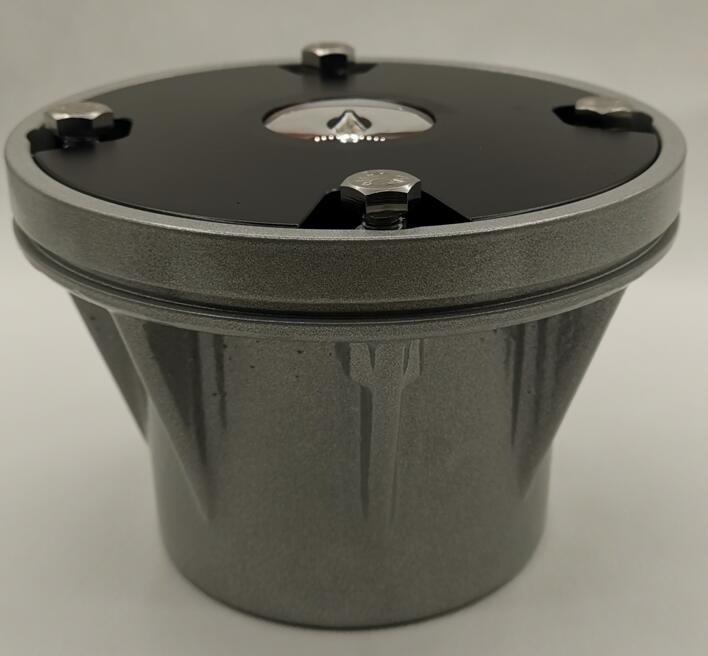Helipad LED Lights: Revolutionizing Nighttime Aviation Safety
Introduction: The New Standard in Helicopter Landing Illumination
As aviation technology advances, helipad LED lights have emerged as the gold standard for nighttime helicopter operations. These cutting-edge lighting systems provide unparalleled visibility, energy efficiency, and reliability for critical landing zones across hospitals, offshore platforms, and urban environments.
Why Helipad LED Lights Are Transforming Aviation Safety
Superior Visibility
Deliver crisp, uniform illumination across entire landing surfaces

Enhance depth perception for pilots during approach
Maintain consistent brightness in all weather conditions
Unmatched Energy Efficiency
Consume up to 80% less power than traditional lighting
Generate minimal heat output
Ideal for solar-powered installations
| helipad led lights |
Extended Operational Lifespan
50,000+ hours of continuous operation
Resistant to vibration and shock
Minimal lumen depreciation over time
| helipad led light |
Technical Specifications of Modern Helipad LED Lights
Optical Performance
10,000-150,000 lumens output
Precision-engineered beam angles (30°-120°)
FAA-compliant color temperatures (4000K-5700K)
Durability Features
Aircraft-grade aluminum housings
IP68 waterproof rating
Corrosion-resistant coatings
-40°C to +70°C operating range
Smart Control Systems
Wireless remote dimming capabilities
Automatic brightness adjustment
Integrated self-diagnostic functions
GPS synchronization for multiple helipads
Key Applications Across Industries
Medical Emergency Services
Hospital rooftop helipads
Trauma center landing zones
Air ambulance operations
Offshore Energy Sector
Oil rig landing platforms
Wind farm maintenance pads
Marine rescue stations
Urban Infrastructure
High-rise building heliports
Police and fire department bases
VIP transport facilities
Installation Considerations for Optimal Performance
Lighting Layout
Perimeter marking lights every 3-5 meters
Centerline alignment indicators
Approach path guidance systems
Power Requirements
Low-voltage DC operation
Solar hybrid options
Redundant power supplies
Mounting Solutions
Flush-mounted for surface helipads
Elevated fixtures for elevated decks
Vibration-dampening hardware
Maintenance Advantages Over Traditional Lighting
No bulb replacements required
Simple lens cleaning procedures
Modular component design
Remote performance monitoring
5-7 year typical maintenance intervals
Comparative Analysis: LED vs Conventional Helipad Lights
Feature LED Helipad Lights Traditional Halogen
Power Consumption 80-150W 500-1000W
Lifespan 50,000+ hours 2,000-5,000 hours
Maintenance Frequency Every 5+ years Annual
Light Quality Consistent white light Yellowish, degrades
Weather Resistance Excellent Moderate
Emerging Technological Innovations
The next generation of helipad LED lights incorporates:
Biometric activation for secure access
Augmented reality integration with pilot HUDs
Predictive maintenance using IoT sensors
Dynamic color adjustment for various missions
Energy harvesting from rotor downwash
Regulatory Compliance and Certification
Modern helipad LED lights meet stringent requirements:
FAA AC 150/5390-2C standards
ICAO Annex 14 Volume II
EN 60598 safety certifications
MIL-STD-810G military specifications
Future Trends in Helipad Lighting
Solar-Powered Autonomous Systems
AI-Optimized Lighting Patterns
Holographic Landing Guidance
Self-Healing Nanocoatings
Integrated UAV Detection
Lighting the Way to Safer Skies
Helipad LED lights represent more than just an upgrade in illumination technology - they signify a fundamental shift in aviation safety standards. By providing reliable, efficient, and intelligent lighting solutions, these systems enable critical nighttime operations across medical, commercial, and emergency service sectors.
As urban air mobility expands and helicopter operations increase, the demand for advanced helipad LED lights will continue to grow. For facility managers, aviation authorities, and safety professionals, investing in LED technology isn't just about meeting regulations - it's about ensuring every nighttime landing happens with absolute precision and confidence.
